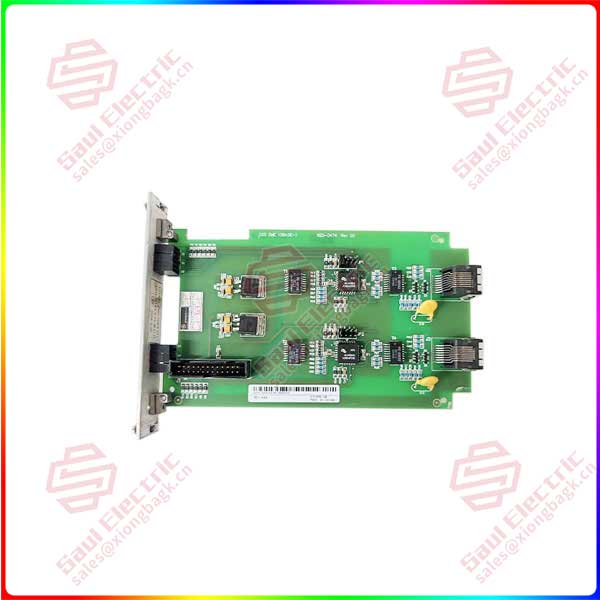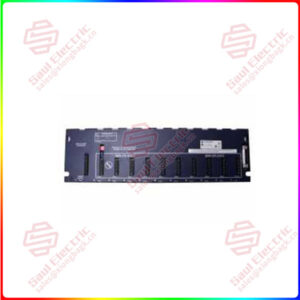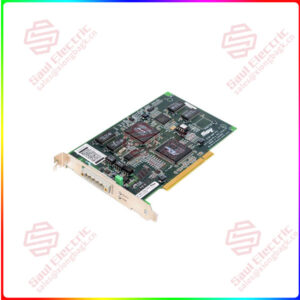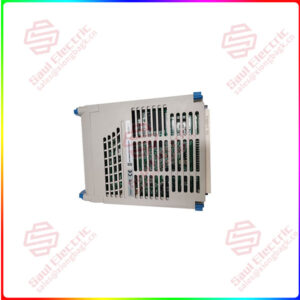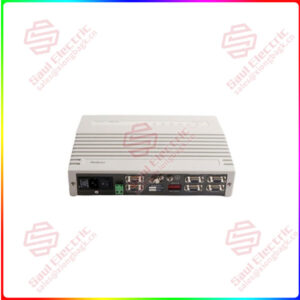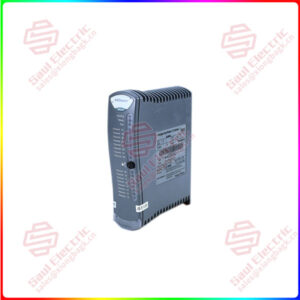Description
Overview
Essential details:D20 EME 10BASE-T D20EME Ethernet/Memory Board
lf you need to inquire or purchase ,please send the product models to my email or call medirectly .
sunny He
[Email] sales@saulcontrol.com
[Mobile] 86-18059884797
[WhatsApp] 86-18059884797
[Skype] sales@saulcontrol.com
D20 EME 10BASE-T D20EME Ethernet/Memory Board
An Ethernet memory board, such as the D20 EME 10BASE-T, is an electronic module that combines Ethernet communication and memory expansion capabilities. Such memory boards are typically designed for use in industrial automation and control systems to provide high-speed, reliable data communication and storage capabilities.
Main functions and features:
Ethernet communication: The Ethernet memory board supports the Ethernet protocol, allowing the device to perform high-speed, stable data transmission over a local area network (LAN). This is essential for inter-device communication in industrial automation systems.
Memory expansion: A memory board provides additional memory space that can be used to store programs, data, or configuration files. This is especially important for systems that need to process large amounts of data or run complex programs.
Flexibility: Ethernet memory boards usually support multiple memory types and capacities, and users can choose the appropriate memory configuration according to actual requirements.
High reliability: These memory boards undergo rigorous quality control and testing to ensure stable operation in harsh industrial environments.
Easy integration: Ethernet memory boards usually have standard interfaces and protocols that are easy to integrate with other industrial automation equipment and systems.
Application scenario:
Ethernet memory boards are widely used in various industrial automation and control systems, such as substation control, motor drive, robot control and so on. In these applications, they are used to achieve communication, data storage and sharing between devices, improving the efficiency and reliability of the system.


 1 Year Warranty
1 Year Warranty
